#carl schindler
Explore tagged Tumblr posts
Text

The Capture of a Spy by Carl Schindler
#carl schindler#art#capture#capturing#spy#soldiers#soldier#camp#ruins#europe#european#history#austrian#austria#military#army#tents#tent#landscape#spies#spying#italy#italian
52 notes
·
View notes
Text
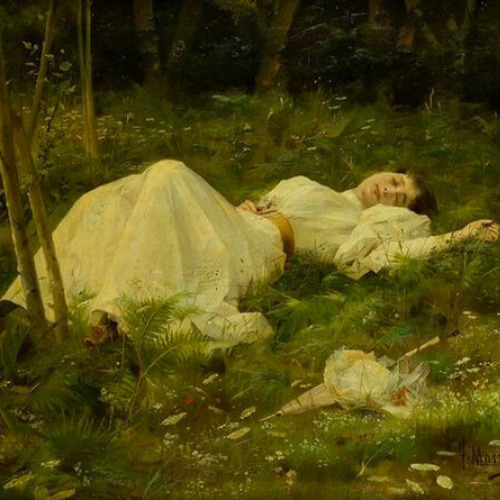

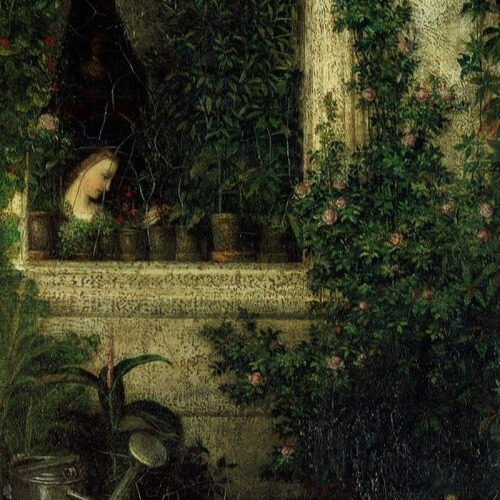

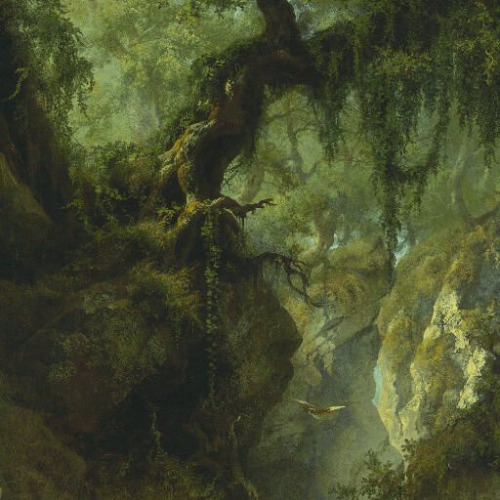
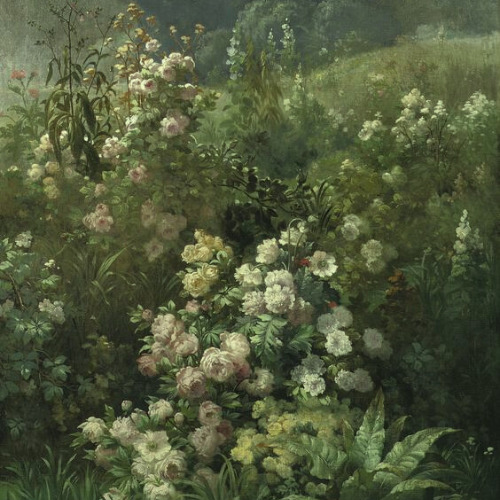

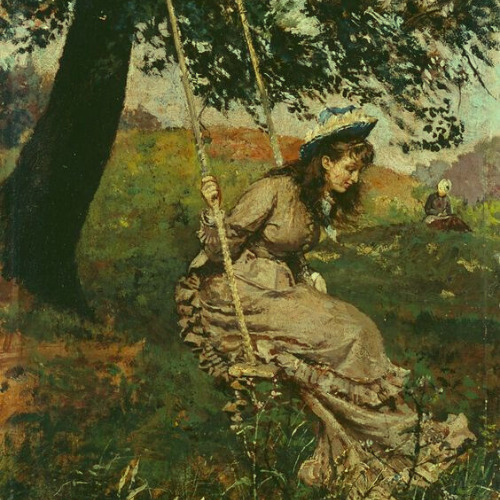
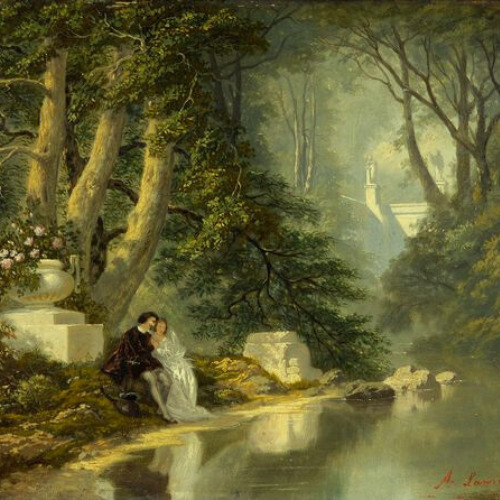
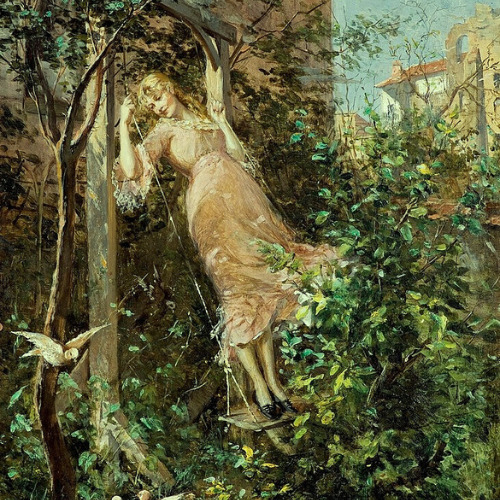
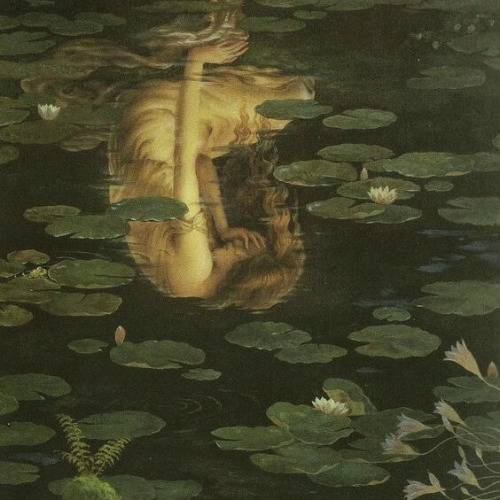

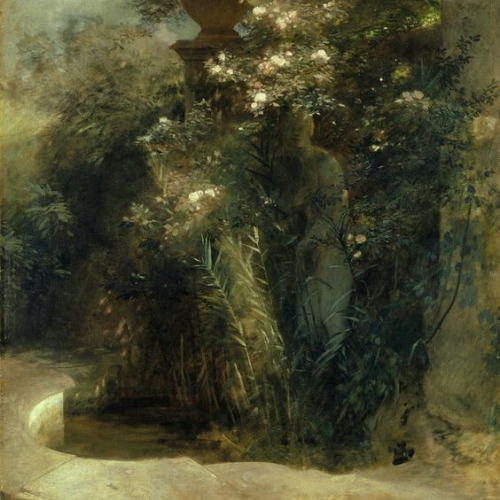
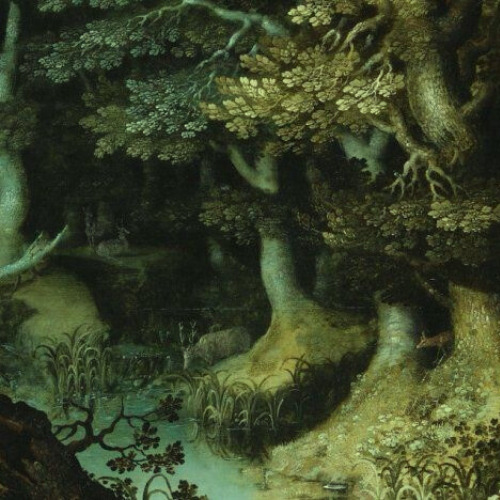


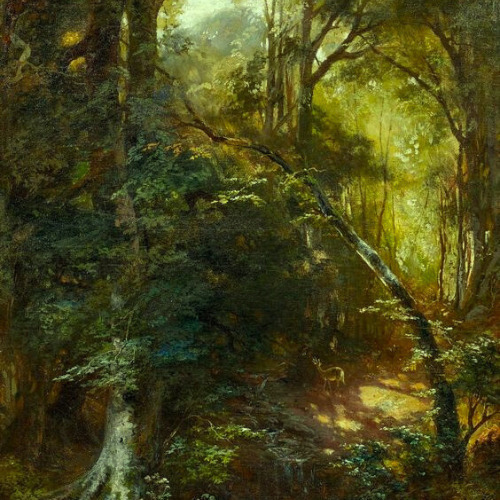



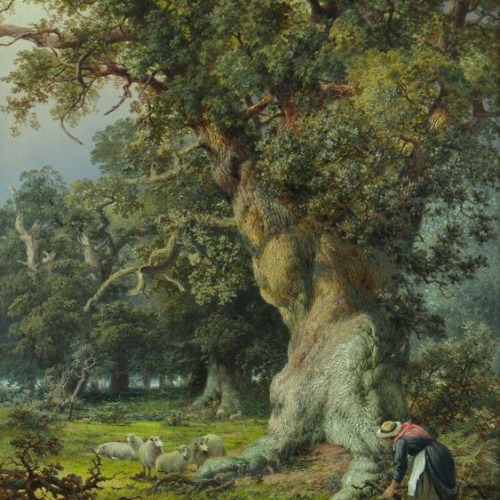

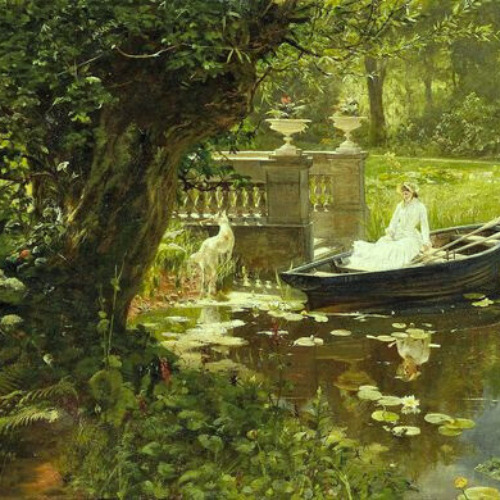
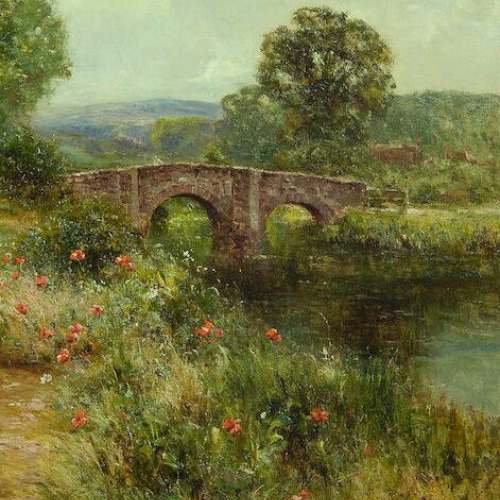
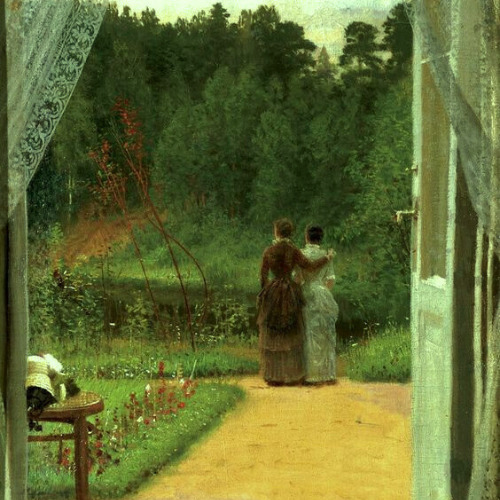

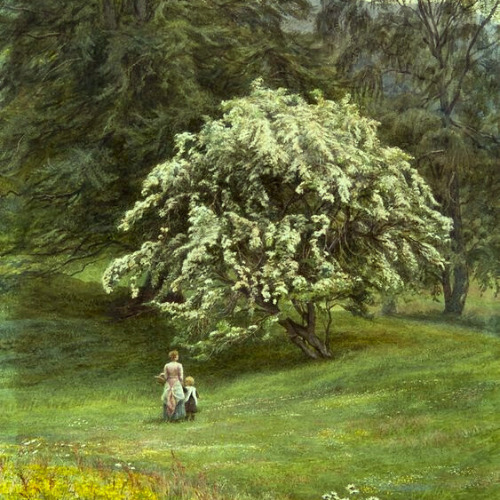

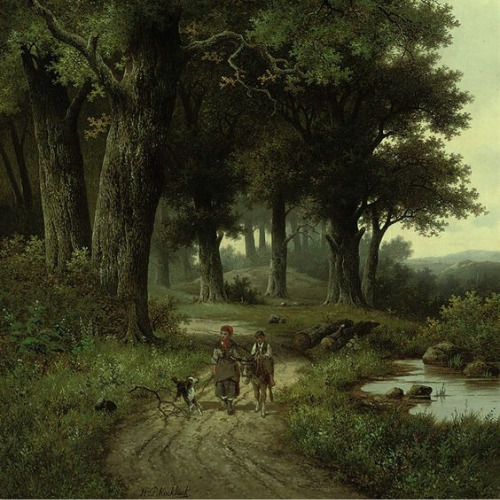

art aesthetics: cottagecore
#artist is francesc masriera#artist is samuel colman#artist is karel purkyne#artist is jan frederik pieter portielje#artist is giuseppe camino#artist is alfred petit#artist is gelhay edouard#unknown artist#artist is albert f laurens#artist is paul mewart#artist is kinuko y craft#artist is peter gardiner#artist is arnold bocklin#artist is cirosata bolarc#artist is hermann heinrich#artist is ludwig sckell#artist is carl ebert#artist is robert zund#artist is robert payton reid#artist is helen allingham#artist is frederick henry henshaw#artist is john dawson watson#artist is gustav marx#artist is ernest walbourn#artist is ivan nikoaevich kramskoy#artist is henry john yeend king#artist is edith martineau#artist is peter ludgwig kuhnen#artist is hendrik pieter koekkeok#artist is emil jakob schindler
625 notes
·
View notes
Text

The Foraging Hussar (1840)
Carl Schindler (Austrian, 1821 - 1842)
Vienna is in a tough part of town, this hussar just introduced the “drive by” to an unsuspecting pair of infantry.
#napoleonic era#napoleonic wars#napoleon#military art#history#1800s#france#military#soldier#austrian history#francis ii#cavalry#hussar
46 notes
·
View notes
Text
Birthdays 4.28
Beer Birthdays
Ernst F. Baruth (1842)
Louis F. Neuweiler (1848)
Tom Ciccateri (1956)
Carl Kins (1956)
Michael Demers (1966)
Abram Goldman-Armstrong (1978)
Five Favorite Birthdays
Ann-Margret; actor, singer (1941)
Kurt Gödel; Austrian mathematician (1906)
Harper Lee; writer (1926)
James Monroe; 5th President of the US (1758)
Terry Pratchett; writer (1948)
Famous Birthdays
Jessica Alba; actor (1981)
Robert Anderson; playwright (1917)
Dick Ayers; author and illustrator (1924)
Hertha Marks Ayrton; Polish-British mathematician and physicist (1854)
Jimmy Barnes; Scottish-Australian singer-songwriter (1956)
Lionel Barrymore; actor (1878)
Bart Bok; astronomer (1906)
Roberto Bolaño; Chilean novelist (1953)
Blake Bortles, American football QB (1992)
Charles Caleb Cotton; English writer (1630)
Carolyn Cassady; author (1923)
Willie Colón; Puerto Rican-American trombonist (1950)
Charles Cotton; English poet and author (1630)
Penelope Cruz; actor (1974)
Paul Guilfoyle; actor (1949)
Marie Harel; French cheesemaker (1761)
Jinky the Fruit Bat; character on David Letterman
Carolyn Jones; actor (1929)
Steve Khan; jazz musician (1947)
Bruno Kirby; actor (1949)
Yves Klein; French painter (1928)
Sylvestre François Lacroix; French mathematician (1765)
Ferruccio Lamborghini; Italian businessman (1916)
Jay Leno; comedian, television talk show host (1950)
José Malhoa; Portuguese painter (1855)
Melanie Martinez; singer (1995)
Mary McDonnell; actor (1952)
James Monroe 5th U.S. President (1758)
Bridget Moynahan; actor (1971)
Nezahualcoyotl; Acolhuan philosopher, warrior, poet and ruler (1402)
Robert Oliveri; actor (1978)
Jan Oort; Dutch astronomer (1900)
Alberto Pirelli; Italian manufacturer (1882)
Ian Rankin; Scottish author (1960)
Nate Richert; actor (1978)
Oskar Schindler; Czech-German businessman (1908)
Karl Barry Sharpless; chemist (1941)
Eugene Merle Shoemaker; geologist and astronomer (1928)
Madge Sinclair; Jamaican-American actress (1938)
Sidney Toler; actor (1874)
Tristan Tzara; Romanian-French poet (1896)
Alice Waters; chef (1944)
Kari Wuhrer; actor (1967)
4 notes
·
View notes
Text
The Body Politic: Long Island Biennial 2024
In 2024—a year of global elections, as some 60 countries representing half of the world’s populations hold regional and national leadership votes—The Heckscher Museum of Art invited Long Island artists to submit work which engages with contemporary social, cultural, or political issues. The Museum received 762 artwork submissions from 313 artists, and the result, The Body Politic: Long Island Biennial 2024 features exceptional art from contemporary artists in a compelling museum-wide exhibition that features 79 works of art accepted from 60 artists.
The jurors for the 2024 Long Island Biennial were Ian Alteveer, Beal Family Chair of the Department of Contemporary Art, Museum of Fine Arts, Boston; Patricia Cronin, sculptor, Artistic Director of the LGBTQ+ VR Museum and Distinguished Professor of Art, Brooklyn College; and Grace Hong, Assistant Director, Galerie Lelong & Co.
The artists chosen represent the breadth of communities across Suffolk and Nassau counties and the exhibition encompasses a remarkable variety of media with styles spanning abstraction to hyperrealism. “We remain committed to sharing inspiring and thought-provoking new art with our visitors.” said Heather Arnet, Executive Director & CEO. The 8th edition of the Long Island Biennial “will resonate with the entire community given the diversity in artists and the universality of the important themes in their work.”
Long Island Biennial 2024 Exhibiting Artists
Edward Acosta, Commack Kelynn Zena Alder, Saint James Herold Alexis, Medford Andrea Baatz, Bohemia Monica Banks, East Hampton Dasha Bazanova, Greenvale Karl Bourke, Huntington Station Nancy Bueti-Randall, Stony Brook Charis J. Carmichael Braun, Northport Fernando Carpaneda, Freeport Hwa Young Caruso, East Meadow Jennifer Lewis, Seaford John Cino, Patchogue Angela Classi, Manhasset Teresa Cromwell, West Sayville Madeline Daversa, S. Jamesport Riccarda de Eccher, Oyster Bay Cove Ruth Douzinas, Lloyd Harbor Sally B. Edelstein, Huntington Kailee S. Finn, Valley Stream Julie Flores, Great Neck Jeremy Grand, Bellport Justin Greenwald, Bay Shore Robert V. Guido, Halesite Glen Hansen, South Jamesport RJT Haynes, East Hampton Jeffrey Herschenhous, Merrick Lori Horowitz, Dix Hills Anna Jurinich, Wading River Joan Kim Suzuki, Jericho Jane Kirkwood, Riverhead Karen L. Kirshner, East Meadow Sheryl Ruth Kolitsopoulos, Port Washington Jenny Patten La Monica, Massapequa Park Emily Rose Larsen, Ridge Neil Leinwohl, Rockville Centre Barbara Ludwig, Port Jefferson Station Alisa M. Shea, Northport Manuel Alejandro Macarrulla, Carle Place Lili Nickolina Maglione, Cold Spring Harbor Paul Mele, Island Park Julia Jane Moore, Poquott Kenny Ng, Huntington Jessica Penagos, Seaford Gail Postal, Montauk Melissa Pressler, Southold James E. Rice, Floral Park Lauren Ruiz, Bellport Blue Ruthen, Plainview Nathaniel Schindler, Rocky Point Laura Siegelman, Plainview Susan Kozodoy Silkowitz, Lynbrook Lauren Skelly Bailey, Hicksville Maria Spector, Babylon Lisa Stanko, Ronkonkoma Adam L. Straus, Riverhead Ezra Thompson, Port Jefferson Station Pinky Urmaza, Huntington Mark W. Van Wagner, East Patchogue Christian Wilbur, Huntington
0 notes
Text
Mario & Sonic at Oscars Party brainstorm

For some reason Mario & Sonic is discontinued so we cannot see Nintendo and Sega making a new Olympic video game for them! If let that crossover continued, they should consider another theme... Turns out into Mario & Sonic Party is nice, but how could makes different with original Mario Party (and Sonic Shuffle)? Should consider a new theme in reality for it...
And my answer is movie. The Oscars. Let them cosplay some classic Oscars Best Pictures nominees and winners, most movies are PG-13 and if select the movie is R-rated, that rating must still 16+ on other countries.
Pauline as Robot Maria in Metropolis I added Metropolis with some selfishness reason: I feel sorry it cannot get any Oscars since that was no Best International Feature Film in 1st Oscars yet.
Bowser Jr. and Metal Sonic apart as Jack and David in Wings
Peach as Glida and Amy as Dorothy in The Wizard of Oz
Sonic as Jewish barber dressed in Hynkel (confused?) in The Great Dictator
Silver and Blaze as Mr and Mrs Bailey in It's a Wonderful Life
Mario as eponymous protagonist in Ben-Hur
Daisy as Maria and Knuckles as Captain Trapp in The Sound of Music
Bowser as Michael Corleone in The Godfather
Luigi as Carl & Tails as Bob in All the President's Men
Donkey Kong as eponymous protagonist in Rocky
Waluigi as Harold Abrahams in Chariots of Fire
Yoshi as eponymous protagonist in E.T.
Vector as Oskar Schindler in Schindler's List
Wario as Frank Costello in The Departed, or Hon Sam in Infernal Affairs the original Hong Kong version
Sticks as Katherine Johnson in Hidden Figures
Rosalina as Katharine Graham and Eggman as Ben Bradlee in The Post
Shadow and Rouge as Robert and Kitty in Oppenheimer For the system spelling problem I turns Barbenheimer into Oppie + Barbie, but more correctly is Oppenheimer costume with some Barbie Pink accessories. @dracarialove I still waiting you upload my commission in your tumblr page, please...
Finally, that game maybe release at 2027 would be better. Metropolis and Oscars 100th anniversary, baby!
#the oscars#academy awards#tier list#metropolis#The Wizard of Oz#The Great Dictator#Ben-Hur#The Sound of Music#The Godfather#Schindler's List#Infernal Affairs#Barbenheimer#Barbie#Oppenheimer#mario & sonic#mario#sonic
1 note
·
View note
Photo

Carl Schindler - Austrian officer with a fallen comrade (1840)
22 notes
·
View notes
Photo










♥︎♥︎♥︎
#wie könnte jemand Fan von einem anderen Verein sein?!#aaaach ich hab Euch alle so lieb!!#(hätt' gern noch ein Vale-Bild aber irgendwo gibts das bestimmt)#1. FC Nürnberg#Wir sind der Club#v. l. n. r.#Manuel Schäffler#Pascal Köpke#Eric Shuranov#Robert Klauß#Lukas Schleimer#Carl Klaus#Christian Mathenia#Tom Krauß#Tim Handwerker#Asger Sørensen#Fabian Nürnberger#Mats Møller Dæhli#Christopher Schindler#Jens Castrop#Erik Shuranov#Taylan Duman#Nikola Dovedan#Kilian Fischer#Johannes Geis#und trotzdem#Enrico Valentini#Ihr seid einfach alle so toll#2. Bundesliga#Fußball
4 notes
·
View notes
Photo

Oskar KOKOSCHKA - “Alma Mahler und Oskar Kokoschka” - “Alma Mahler and Oskar Kokoschka” (1913)
#oskar kokoschka#alma mahler#vienna 1900#wien 1900#alma mahler werfel#emil jakob schindler#gustav mahler#franz werfel#carl moll#gustav klimt#vienna secession#wiener secession#jugendstil#vienne 1900#vienna#wien
37 notes
·
View notes
Text

Carl Moll (Austrian, 23 April 1861 – 13 April 1945)
The View from Schindler's Window, 1886
7 notes
·
View notes
Photo


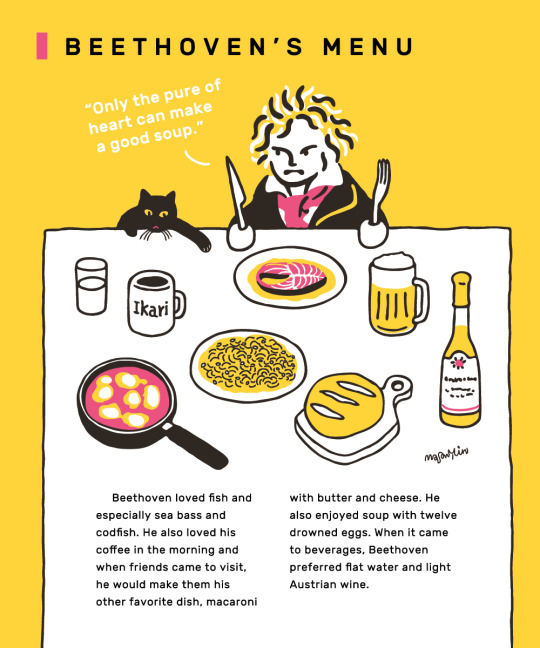
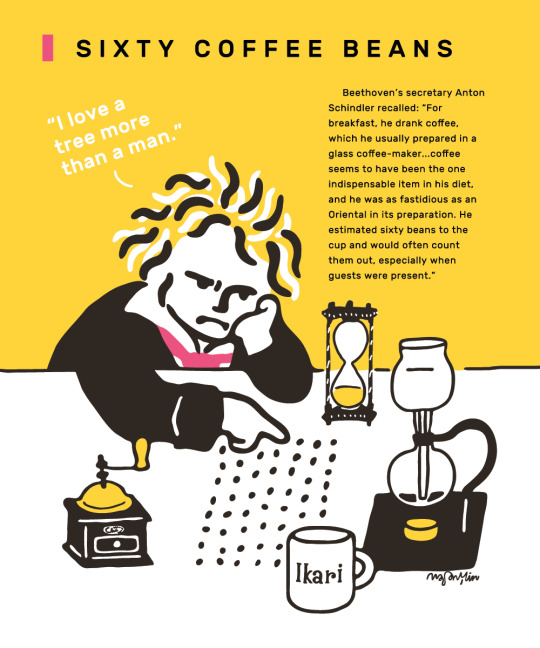
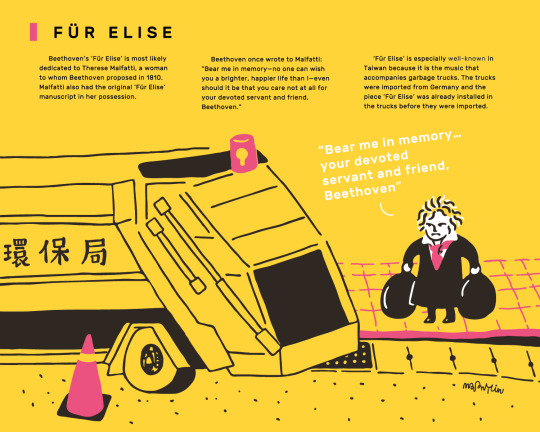
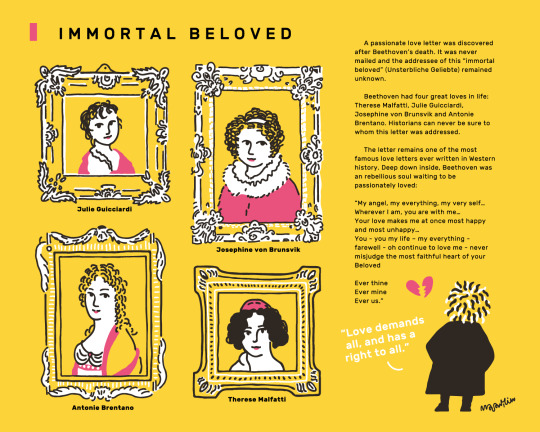


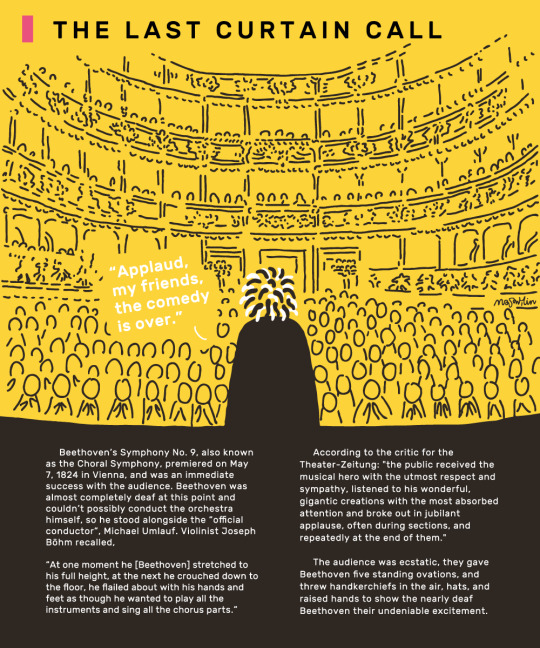
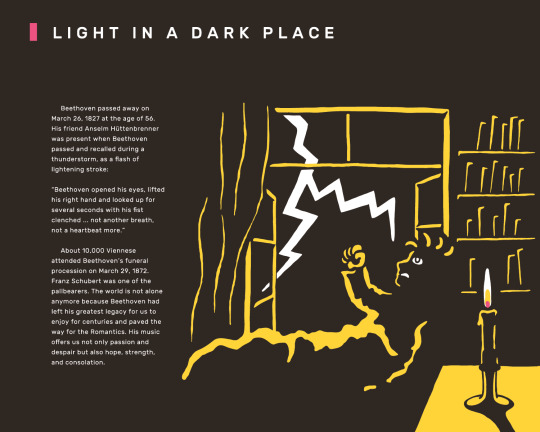
01 BEETHOVEN THE TITAN
Ludwig van Beethoven was born in Bonn, Germany, on December 16, 1770, the son of a court musician. His father was determined to make him a child prodigy and trained him vigorously.
Once the young Beethoven played for Mozart and afterwards Mozart commented, “Mark that young man, he will make a name for himself in the world.”
Beethoven eventually became one of the greatest musical geniuses ever lived and was best known for his nine symphonies. He played an crucial part in connecting the Classical and Romantic styles of Western music.
His life was heroic but at the same time tragic, much like his music.
03 CONVERSATION IN A CAFE
From 1818 onwards, Beethoven started carrying blank “conversation books” in order to communicate with friends and acquaintances. They would write in his conversation book, to which he would reply.
In 1823, once when Beethoven was visiting his favorite coffee house, a stranger suffering the same hearing condition as Beethoven approached him and sought his advice, to which Beethoven replied:
“Baths [and] country air could improve many things. Just do not use mechanical devices [ear trumpets] too early; by abstaining from using them, I have fairly preserved my left ear in this way…When possible, [conversing] through writing is better; the hearing will be spared.”
04 SIXTY COFFEE BEANS
Beethoven’s secretary Anton Schindler recalled: “For breakfast, he drank coffee, which he usually prepared in a glass coffee-maker…coffee seems to have been the one indispensable item in his diet, and he was as fastidious as an Oriental in its preparation. He estimated sixty beans to the cup and would often count them out, especially when guests were present.”
05 BEETHOVEN’S MENU
Beethoven loved fish and especially sea bass and codfish. He also loved his coffee in the morning and when friends came to visit, he would make them his other favorite dish, macaroni with butter and cheese. He also enjoyed soup with twelve drowned eggs. When it came to beverages, Beethoven preferred flat water and light Austrian wine.
06 FÜR ELISE
Beethoven’s ‘Für Elise’ is most likely dedicated to Therese Malfatti, a woman to whom Beethoven proposed in 1810. Malfatti also had the original ‘Für Elise’ manuscript in her possession.
Beethoven once wrote to Malfatti: “Bear me in memory—no one can wish you a brighter, happier life than I—even should it be that you care not at all for your devoted servant and friend, Beethoven.”
‘Für Elise’ is especially well-known in Taiwan because it is the music that accompanies garbage trucks. The trucks were imported from Germany and the piece ‘Für Elise’ was already installed in the trucks before they were imported.
07 IMMORTAL BELOVED
A passionate love letter was discovered after Beethoven’s death. It was never mailed and the addressee of this “immortal beloved” (Unsterbliche Geliebte) remained unknown.
Beethoven had four great loves in life: Therese Malfatti, Julie Guicciardi, Josephine von Brunsvik and Antonie Brentano. Historians can never be sure to whom this letter was addressed.
The letter remains one of the most famous love letters ever written in Western history. Deep down inside, Beethoven was an rebellious soul waiting to be passionately loved:
“My angel, my everything, my very self… Wherever I am, you are with me… Your love makes me at once most happy and most unhappy… You - you my life – my everything - farewell - oh continue to love me - never misjudge the most faithful heart of your Beloved
Ever thine Ever mine Ever us.”
08 THE WORLD CAN’T BE HEARD
Beethoven first noticed he was gradually losing his hearing when he was 28, at the height of his early fame. By 1802, his hearing only worsened but the proud Beethoven did not want the cultural circle in Vienna to find out about his defect, so he often withdrew from social life.
In the Heiligenstadt Testament, a letter written by Beethoven to his brothers Carl and Johann, Beethoven described the despair he felt about slowly losing his hearing and how he even contemplated suicide:
“If I apporach near to people a hot terror seizes upon me and I fear being exposed to the danger that my condition might be noticed…I would have ended my life—it was only my art that held me back. Ah, it seemed to me impoosible to leave this world until I had brought forth all that I felt was within me…”
09 SYMPHONY NO.5 ‘FATE’
The premiere of Beethoven’s 5th Symphony took place in Vienna’s Theater an der Wien on Dec. 22, 1808, conducted by Beethoven himself. Although the premiere did not garner immediate success, later writer/music critic E.T.A Hoffmann praised the symphony with this imagery:
“Radiant beams shoot through this region’s deep night, and we become aware of gigantic shadows which, rocking back and forth, close in on us and destroy everything within us except the pain of endless longing—a longing in which every pleasure that rose up in jubilant tones sinks and succumbs, and only through this pain, which, while consuming but not destroying love, hope, and joy, tries to burst our breasts with full-voiced harmonies of all the passions, we live on and are captivated beholders of the spirits.”
10 THE LAST CURTAIN CALL
Beethoven’s Symphony No. 9, also known as the Choral Symphony, premiered on May 7, 1824 in Vienna, and was an immediate success with the audience. Beethoven was almost completely deaf at this point and couldn’t possibly conduct the orchestra himself, so he stood alongside the “official conductor”, Michael Umlauf. Violinist Joseph Böhm recalled,
“At one moment he [Beethoven] stretched to his full height, at the next he crouched down to the floor, he flailed about with his hands and feet as though he wanted to play all the instruments and sing all the chorus parts.”
According to the critic for the Theater-Zeitung: “the public received the musical hero with the utmost respect and sympathy, listened to his wonderful, gigantic creations with the most absorbed attention and broke out in jubilant applause, often during sections, and repeatedly at the end of them.”
The audience was ecstatic, they gave Beethoven five standing ovations, and threw handkerchiefs in the air, hats, and raised hands to show the nearly deaf Beethoven their undeniable excitement.
11 LIGHT IN A DARK PLACE
Beethoven passed away on March 26, 1827 at the age of 56. His friend Anselm Hüttenbrenner was present when Beethoven passed and recalled during a thunderstorm, as a flash of lightening stroke:
“Beethoven opened his eyes, lifted his right hand and looked up for several seconds with his fist clenched … not another breath, not a heartbeat more.”
About 10,000 Viennese attended Beethoven’s funeral procession on March 29, 1872. Franz Schubert was one of the pallbearers. The world is not alone anymore because Beethoven had left his greatest legacy for us to enjoy for centuries and paved the way for the Romantics. His music offers us not only passion and despair but also hope, strength, and consolation.
203 notes
·
View notes
Text










A Stroll Through Time
Carl Moll (1861-1945), Austrian painter and gallery director.
He is the founder of the Austrian Art Nouveau movement, the Sezession, with Gustav Klimt (1862-1918). He was a Nazi sympathizer, and committed suicide when the Red Army arrived in April 1945.
His heterogeneous style followed the artistic evolutions of his time, at the crossroads of the 19th and 20th centuries.
(The pictures shows, in order, the evolution of Carl Moll's style: Watermill in Goisern - after Emil Jakob Schindler, Wassermühle in Goisern - nach Emil Jakob Schindler, 1884 ; A street in Ragusa, 1887 ; The Roman ruin in Schönbrunn, Die Römische Ruine in Schönbrunn, 1891 ; The Naschmarkt in Vienna, Der Naschmarkt in Wien, 1894 ; View from the Hohe Warte towards Heiligenstadt, Blick von der Hohen Warte auf Heiligenstadt, circa 1900 ; Stroll in the gardens of the Votivkirche, between 1902 and 1903 ; Girl in the flower meadow, Mädchen in der Blumenwiese, 1909 ; Döbling Wien, 1916 ; Santa Maria della Salute, Venice, 1923 ; and finally, Waidhofen an der Ybbs, circa 1938)
#art#art history#art nouveau#19th century#20th century#carl moll#gustav klimt#austrian art#austrian artist#aesthetic art#art aesthetic
297 notes
·
View notes
Text
Holocaust Remembrance: Those Who Survived and Came to Hollywood By Raquel Stecher
Officially established by the United Nations in 2005, January 27th is International Holocaust Remembrance Day. This day honors the 6 million Jewish victims as well as the millions of other victims of the Holocaust. It also marks the anniversary of the 1945 liberation of Auschwitz-Birkenau by the Red Army.
From the time Hitler came to power and throughout WWII, actors, directors, producers, composers, production designers and other members of the European film industry emigrated to Hollywood to escape the Nazi regime and to begin a new phase in their careers. Some artists fled at the first sign of trouble, others were able to escape even in the face of real danger while others were interred in concentration camps and German POW camps. Many lost family members, some nearly lost their own lives but, in the end, they persevered in the face of adversity and lived to tell the tale. Here are some of their extraordinary stories.
Michael Curtiz
According to Michael Curtiz biographer Alan K. Rode, the director did everything he could to get his family out of Hungary. Curtiz arranged transport for his mother and got her housing in Los Angeles. He relocated his brothers David and Gabriel to Tijuana, Mexico where they waited for two years before being allowed entry into the United States. And Curtiz may have employed the help of Jack and Harry Warner to get the U.S. Army Air Corps to transport his sister out of Hungary. Curtiz’ brother Lajos and sisters Regina, Margit and Kornelia decided to stay behind. Margit and her family were eventually interned in Auschwitz and while Margit and her daughter survived, her husband and second child did not.
Audrey Hepburn
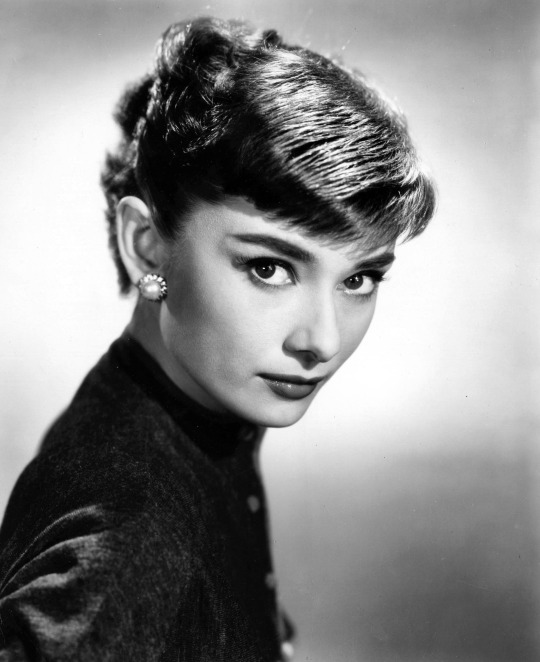
Born in Belgium but raised in England, Audrey Hepburn’s parents were pro-Fascists. After their separation, Audrey’s mom Ella moved the family to the Netherlands and joined the Dutch resistance. Before becoming an actress, Hepburn studied as a dancer and her skills were put to good use when she was commissioned by local resistance leader Dr. Hendrik Visser‘t Hooft to perform dance numbers at underground meetings known as “zwarte avonden”, aka black evenings. This was a way to earn money to help fund the Dutch resistance’s efforts to hide or transport Jews across the country.
Martin Kosleck
German actors who fled Europe for America often found themselves playing Nazis in Hollywood productions. Actor Martin Kosleck played Minister of Propaganda Joseph Goebbels 5 times including a role in CONFESSIONS OF A NAZI SPY (‘39), considered the first anti-Nazi film. Kosleck himself was an outspoken opponent to Hitler and the Third Reich and fled Germany in 1931 when a warrant was issued for his arrest. A few years after he left, he was placed on the list of Gestapo’s “undesirables” and was tried and sentenced in absentia but remained safe in Hollywood.
Fritz Lang
Lang’s celebrated film METROPOLIS (‘27) was one of Adolph Hitler’s favorite films. The director caught the eye of both Hitler and Goebbels, the latter had even offered Lang the job of head of the German Cinema Institute which Lang eventually declined. Shortly after the premiere of THE TESTAMENT OF DR. MABUSE (‘33), Goebbels banned the film for inappropriate use of Nazi party slogans. Lang claimed that Goebbels then offered him another job as production supervisor at UFA which he declined. Lang’s Jewish heritage was no problem because according to Goebbels “we’ll decide who’s Jewish!” Lang wisely left Germany for Paris and eventually made it to Hollywood. His soon-to-be ex-wife and longtime collaborator Thea von Harbou joined the Nazi party and eventually wrote and directed propaganda films.
Curt Lowens
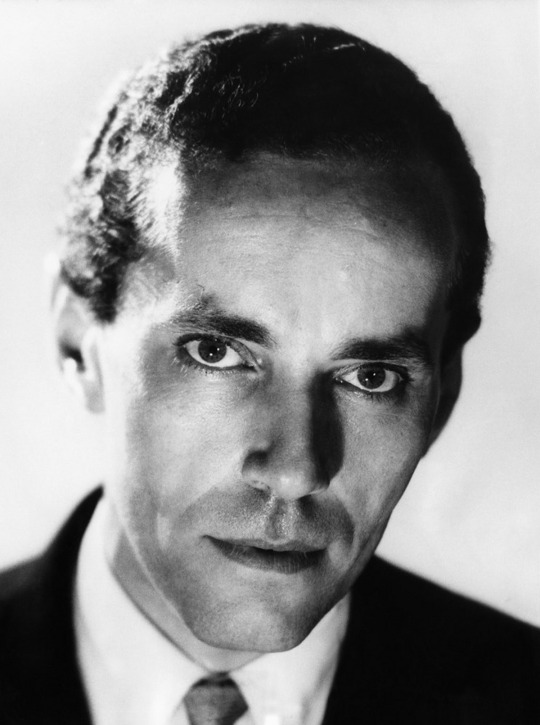
Actor Curt Lowens’ story of surviving the Holocaust was one of bravery and sheer luck. Born in Poland, Lowens’ father was a highly respected attorney and his mother was an active member of the local Jewish community. His father moved the family to Berlin in hopes that he would find more work among the large Jewish community in that city. As the political climate changed, the Lowens planned to emigrate to the US by way of the Netherlands but the Germans invaded the day they were supposed to leave. Lowens’ father’s connections helped saved them from deportation to Auschwitz and eventually got them out of Westerbork. The family went into hiding and Curt Lowens changed his name to Ben Joosten and became an active member of the Dutch resistance. On V-E Day, Lowens rescued two members of the US Army Air Corps for which he received a commendation from General Dwight Eisenhower.
Branko Lustig
Croatian producer Branko Lustig is best known for his work on SCHINDLER’S LIST (‘93). Lustig himself was a survivor of both the Auschwitz and Bergen-Belsen concentration camps. In his acceptance speech for the Best Picture Oscar for SCHINDLER’S LIST, Lustig said, “My number was 83317. I’m a Holocaust survivor. It’s a long way from Auschwitz to this stage. I want to thank everyone who helped me to come so far. People died in front of me at the camps. Their last words were ‘be a witness of my murder. Tell to the world how I died. Remember.’” Lustig hoped that his work on the film helped fulfill his obligation to the innocent victims of the Shoah and that we will never forget what happened to them.
S.Z. Sakall
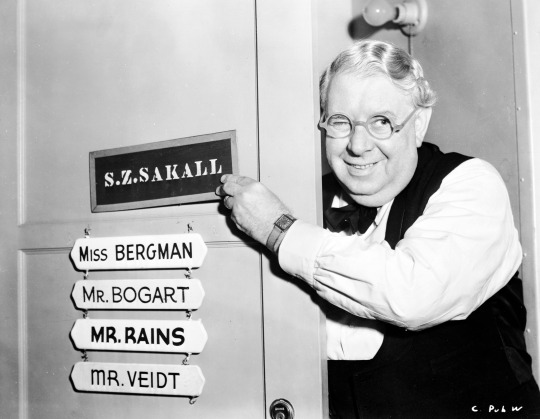
The actor affectionately known as “Cuddles” was born Gero Jeno in Hungary in 1883. Early in his acting career he changed his name to Szöke Szakall (aka Blonde Beard) which was later shortened to S.Z. Sakall. The Jewish Sakall performed on stage and in film in Hungary and Austria. In his autobiography he remembers a chance meeting with Hitler, who openly criticized Sakall’s recent picture A CITY UPSIDE DOWN (‘33). Years later Sakall and his second wife Anna Kardos fled for Hollywood. Many members of Sakall’s family, including sisters, nieces and in-laws died in concentration camps. Sakall almost turned down the role of Carl the head waiter in CASABLANCA (‘42) because he thought it might be too much to bear.
Roman Polanski
Born in France but raised in Poland, by the age of nine Roman Polanski and his parents were deported and separated from each other. In an interview with the Hollywood Reporter, Polanski recalls that his pregnant mother was most likely killed upon arrival to Auschwitz. His father was interned at the Mauthausen camp in Austria and managed to survive the ordeal. Polanski himself avoided the concentration camps by changing his name to Romek Wilk and fleeing to the countryside where he hid until the liberation. His experiences influenced his film THE PIANIST (2002) although he claims that the film was in no way autobiographical.
Douglas Sirk
In 1934, the German director divorced his first wife Lydia with whom he had a son Klaus. Both Lydia and Klaus joined the Nazi party and because Sirk’s second wife Hilde was a Jewish woman he was not permitted to have contact with his son. Klaus was a child actor in numerous Nazi propaganda films and eventually served as a soldier in the German army and died on the battlefield in 1944. While filming in the Netherlands in the late 1930s, Sirk was contracted by Warner Bros. and he and his wife fled the Nazi regime for a new life in Hollywood.
Otto Preminger
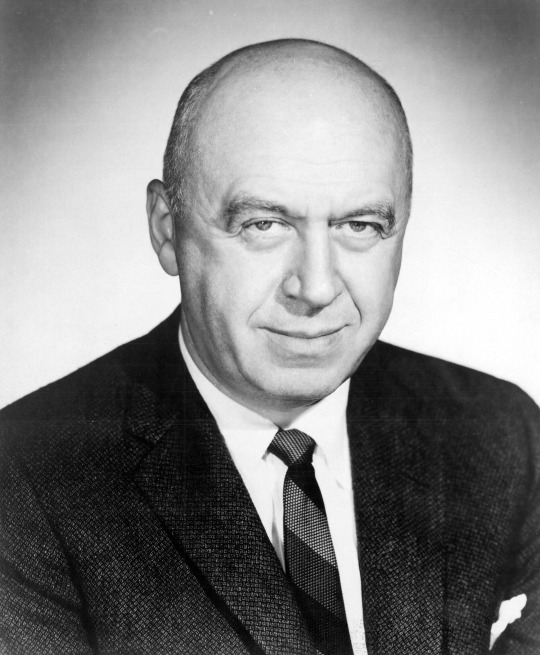
A few years before Otto Preminger moved to Hollywood, he was offered the position of director of Austria’s state-run theater, the Burgtheater, which required that he convert from Judaism to Catholicism. Preminger turned down the offer. This was a good decision on Preminger’s part because it allowed him to later take Joseph Schenck’s invitation to work in Hollywood. Also, religious conversion would not have protected Preminger from the Nazi regime. Preminger left in 1937 and his parents and brother stayed behind. When Austria was invaded in 1938, they found refuge in Switzerland.
Conrad Veidt
The German born star of films like THE CABINET OF DR. CALIGARI (‘20) was not Jewish himself but stood in solidarity with wife Lily who was. When Goebbels required actors in the German film industry to declare their race Veidt made the bold decision to declare himself on the form as Jude (Jew). This infuriated Goebbels who proclaimed that Veidt would never work in Germany again. He and his wife fled for England in 1933 and later emigrated to Hollywood. Veidt would go on to play Nazis on screen including his part as Major Strasser in CASABLANCA.
Fred Zinnemann
Austrian director Fred Zinnemann started off as a concert violinist and a law student before transitioning to a career in film. He left for Hollywood in 1929 seeking better opportunities. His film THE SEVENTH CROSS (‘44) was one of the first to acknowledge the existence of concentration camps. Unfortunately, Zinnemann lost both of his parents in the Holocaust. According to a page of testimony Zinnemann filed on behalf of his parents for the Martyrs’ and Heroes’ Remembrance Authority in 1984, his mother Anna most likely died in Auschwitz in August 1942 and his father Oskar died in Belzec around December 1941.
#Holocaust Remembrance#actors#Hollywood#TCM#Turner Classic Movies#Raquel Stecher#audrey hepburn#WWII#Fritz Lang#Otto Preminger#Douglas Sirk#Michael Curtiz
227 notes
·
View notes
Text
Birthdays 4.28
Beer Birthdays
Ernst F. Baruth (1842)
Louis F. Neuweiler (1848)
Tom Ciccateri (1956)
Carl Kins (1956)
Michael Demers (1966)
Abram Goldman-Armstrong (1978)
Five Favorite Birthdays
Ann-Margret; actor, singer (1941)
Kurt Gödel; Austrian mathematician (1906)
Harper Lee; writer (1926)
James Monroe; 5th President of the US (1758)
Terry Pratchett; writer (1948)
Famous Birthdays
Jessica Alba; actor (1981)
Robert Anderson; playwright (1917)
Dick Ayers; author and illustrator (1924)
Hertha Marks Ayrton; Polish-British mathematician and physicist (1854)
Jimmy Barnes; Scottish-Australian singer-songwriter (1956)
Lionel Barrymore; actor (1878)
Bart Bok; astronomer (1906)
Roberto Bolaño; Chilean novelist (1953)
Blake Bortles, American football QB (1992)
Charles Caleb Cotton; English writer (1630)
Carolyn Cassady; author (1923)
Willie Colón; Puerto Rican-American trombonist (1950)
Charles Cotton; English poet and author (1630)
Penelope Cruz; actor (1974)
Paul Guilfoyle; actor (1949)
Marie Harel; French cheesemaker (1761)
Jinky the Fruit Bat; character on David Letterman
Carolyn Jones; actor (1929)
Steve Khan; jazz musician (1947)
Bruno Kirby; actor (1949)
Yves Klein; French painter (1928)
Sylvestre François Lacroix; French mathematician (1765)
Ferruccio Lamborghini; Italian businessman (1916)
Jay Leno; comedian, television talk show host (1950)
Seymour Lubetzky; Russian-American librarian (1898)
José Malhoa; Portuguese painter (1855)
Melanie Martinez; singer (1995)
Mary McDonnell; actor (1952)
James Monroe 5th U.S. President (1758)
Bridget Moynahan; actor (1971)
Nezahualcoyotl; Acolhuan philosopher, warrior, poet and ruler (1402)
Robert Oliveri; actor (1978)
Jan Oort; Dutch astronomer (1900)
Alberto Pirelli; Italian manufacturer (1882)
Ian Rankin; Scottish author (1960)
Nate Richert; actor (1978)
Oskar Schindler; Czech-German businessman (1908)
Karl Barry Sharpless; chemist (1941)
Eugene Merle Shoemaker; geologist and astronomer (1928)
Madge Sinclair; Jamaican-American actress (1938)
Sidney Toler; actor (1874)
Tristan Tzara; Romanian-French poet (1896)
Alice Waters; chef (1944)
Kari Wuhrer; actor (1967)
1 note
·
View note
Photo

Austrian cuirassier holding his fallen comrade, by Carl Schindler
I love how the white habsburg uniform makes the central cuirassier look like an angel.
3 notes
·
View notes
Photo
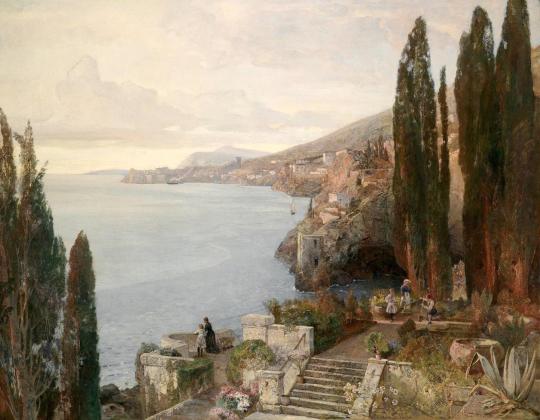
MWW Artwork of the Day (8/27/20) Emil Jakob Schindler (Austrian, 1842–1892) View of Ragusa (Blick auf Ragusa)(1890) Oil on canvas, 140 x 180 cm. Private Collection
The people shown in the foreground are the artist’s wife, the Hamburg singer Anna Bergen, and their daughter Alma, who later married Gustav Mahler and Franz Werfel. The figures on the right in the middle of the work are the painter Carl Moll, shown dressed as a gardener, and Schindler’s second daughter, Grete, who later married the painter Wilhelm Legler. Schindler had rented a house in Ragusa which is clearly visible at the edge of the cliffs. During severe Sirocco winds the waves would break over the cliff, creating a magical spectacle. The work was executed in 1887 during Schindler’s second journey to the Dalmatian coast. Schindler is doubtless the most outstanding practitioner of Austrian mood painting. “He is regarded as a spiritus rector, a leadership figure and shining light”The work here may be regarded as one of the most, if not the most important of Emil Jakob Schindler’s paintings. (from a Dorotheum auction catalog)
4 notes
·
View notes